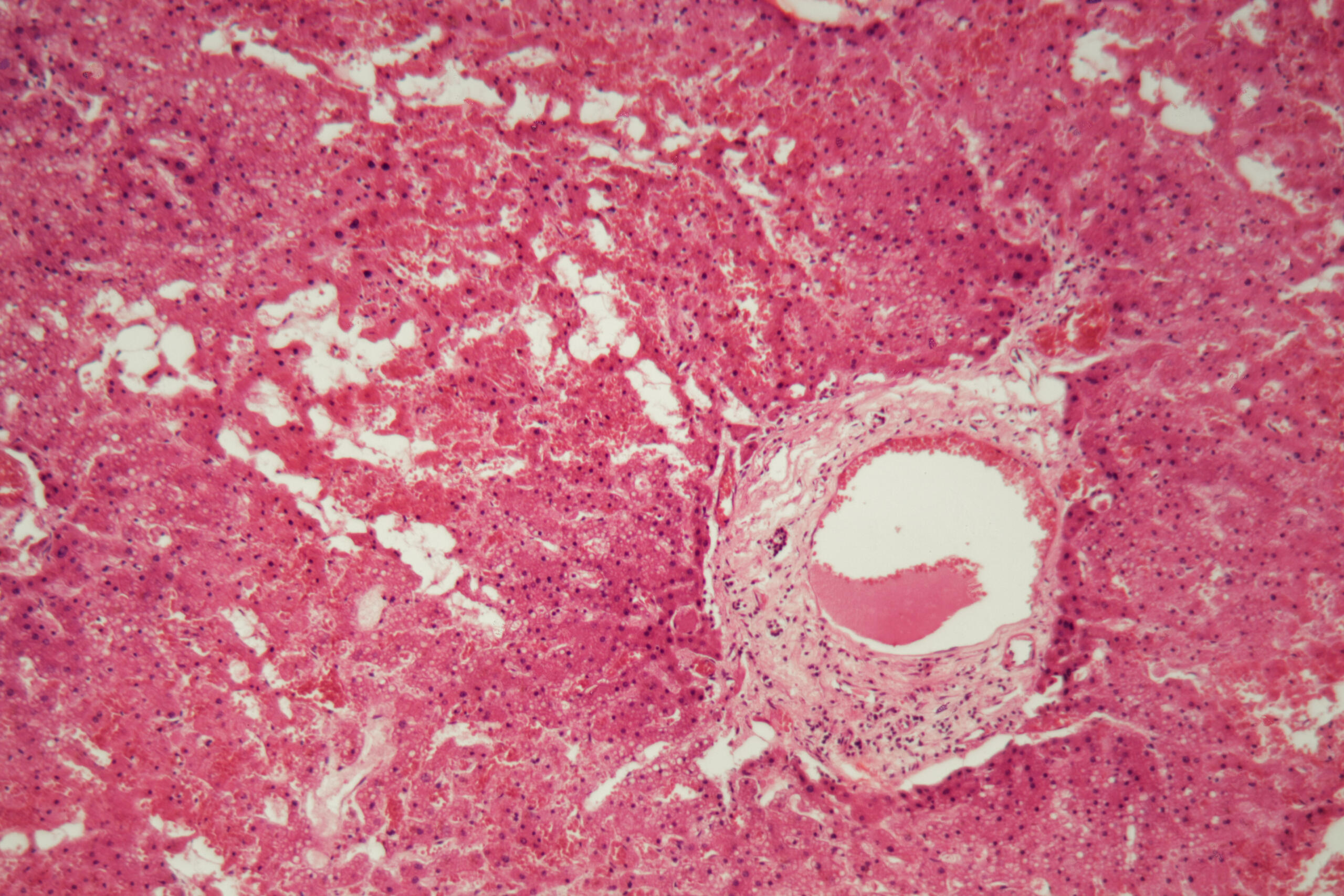Protein is an important building block within the body, and it’s a necessity for everyone’s overall health. But sometimes, too much protein or a build-up of protein can lead to serious health effects like a condition called amyloidosis. When you develop amyloidosis, you can develop protein in various organs and areas of the body, and that protein can become very concerning. It can even affect your organs’ health. If you don’t know the signs or symptoms of amyloidosis, search online to learn what this condition can look like.
Although amyloidosis is a rare health condition, it can be deadly. If you don’t take action, amyloidosis can cause potentially dangerous and life-ending effects. That’s why it’s so important to search online and learn about the signs and symptoms of this condition – before it’s too late.
What is Amyloidosis?
Simply put, amyloidosis is a health condition that occurs when there’s an abnormal buildup of the amyloid protein in your body.
That buildup, which is called an amyloid deposit, can occur throughout many areas of the body. It can collect in specific organs, like the heart, kidneys, liver, skin, and intestines. Or, it can collect in other areas, like your joints, nerves, and soft tissues. In some cases, amyloid deposits can appear throughout the body as a systemic condition.
Over time, these amyloid deposits can damage your organs and cause organ failure.
There are a few different types of amyloidosis, including:
- AL amyloidosis, which affects the kidneys, heart, liver, intestines, and nerves.
- AA amyloidosis, which affects the digestive system, liver, and heart.
- Dialysis-related amyloidosis, which is typically found in those who are on dialysis for five-plus years.
- Hereditary amyloidosis, which is passed down through families.
- Age-related systemic amyloidosis, which affects the hearts and tissues in older men.
- Organ-specific amyloidosis, which affects single organs.
Unfortunately, amyloidosis isn’t preventable. However, if you can recognize its symptoms and effects, you can seek out treatment to control the condition.
Early Symptoms of Amyloidosis
When amyloidosis first begins, it may not cause symptoms. Individuals who are in the early stages of amyloidosis will likely notice no changes to their health.
Even as amyloidosis progresses, symptoms are typically subtle. One particular problem with this condition is that even if symptoms do appear, they can vary greatly. Your symptoms may depend on where amyloid deposits are present in your body. And some symptoms can be caused by other health issues.
The best plan is to discuss your risks and concerns about amyloidosis so you can keep a close eye on your overall health.
Other Symptoms
Over time, amyloidosis can show symptoms. Symptoms commonly appear once the condition has progressed – but the symptoms can different from person to person.
Where your body is affected by amyloidosis, you can experience symptoms that are localized or more general. Symptoms tend to change depending on where your amyloidosis deposits are present, and they can vary significantly.
For example, if your heart is affected, you might experience shortness of breath, an irregular heart rate, chest pain, and low blood pressure. If your kidney is affected, you may see leg swelling or foamy urine. Amyloidosis of the liver can result in pain and swelling in your upper abdomen. If your gastrointestinal system is affected, you might experience symptoms like nausea, diarrhea, constipation, a loss of appetite, and weight loss.
General symptoms of amyloidosis tend to include:
- Fatigue.
- Weakness.
- Bruising, particularly around the eyes or on the skin.
- Swollen tongue.
- Joint pain.
- Carpal tunnel syndrome.
- Numbness or tingling in hands and fingers.
If you experience any of these symptoms or are concerned about your risk for amyloidosis, make an appointment to see your doctor.
Treating Amyloidosis
Once you’re officially diagnosed with amyloidosis, it’s time to treat the condition. Unfortunately, there is no cure for amyloidosis. However, doctors can prescribe certain treatments to slow the development of amyloid protein and get symptoms under control.
Treatment will vary depending on the type of amyloidosis you’re diagnosed with and how widespread the condition is throughout your body. Typically, however, amyloidosis is treated with any of the following options:
- A combination of high-dose chemotherapy and stem cell transplants, which can prevent the creation of amyloid protein.
- Anti-inflammatory steroids, which can treat underlying health issues that cause amyloidosis.
- A liver transplant.
- Therapies that slow the production of TTR protein.
- A kidney transplant.
To help with the symptoms of amyloidosis, your doctor may prescribe or recommend the following treatment options:
- Diuretic medication, which eliminates extra water from the body.
- Thickeners that can add fluid to your body.
- Compression stockings, which relieve swelling in the legs and feet.
- Dietary changes, which can soothe gastrointestinal symptoms.
Keep in mind that amyloidosis can ultimately be a deadly condition. Getting treatment early on is critical – but identifying the symptoms can be hard when amyloidosis first begins. Make sure to search online to learn more about this condition and its many risks.
